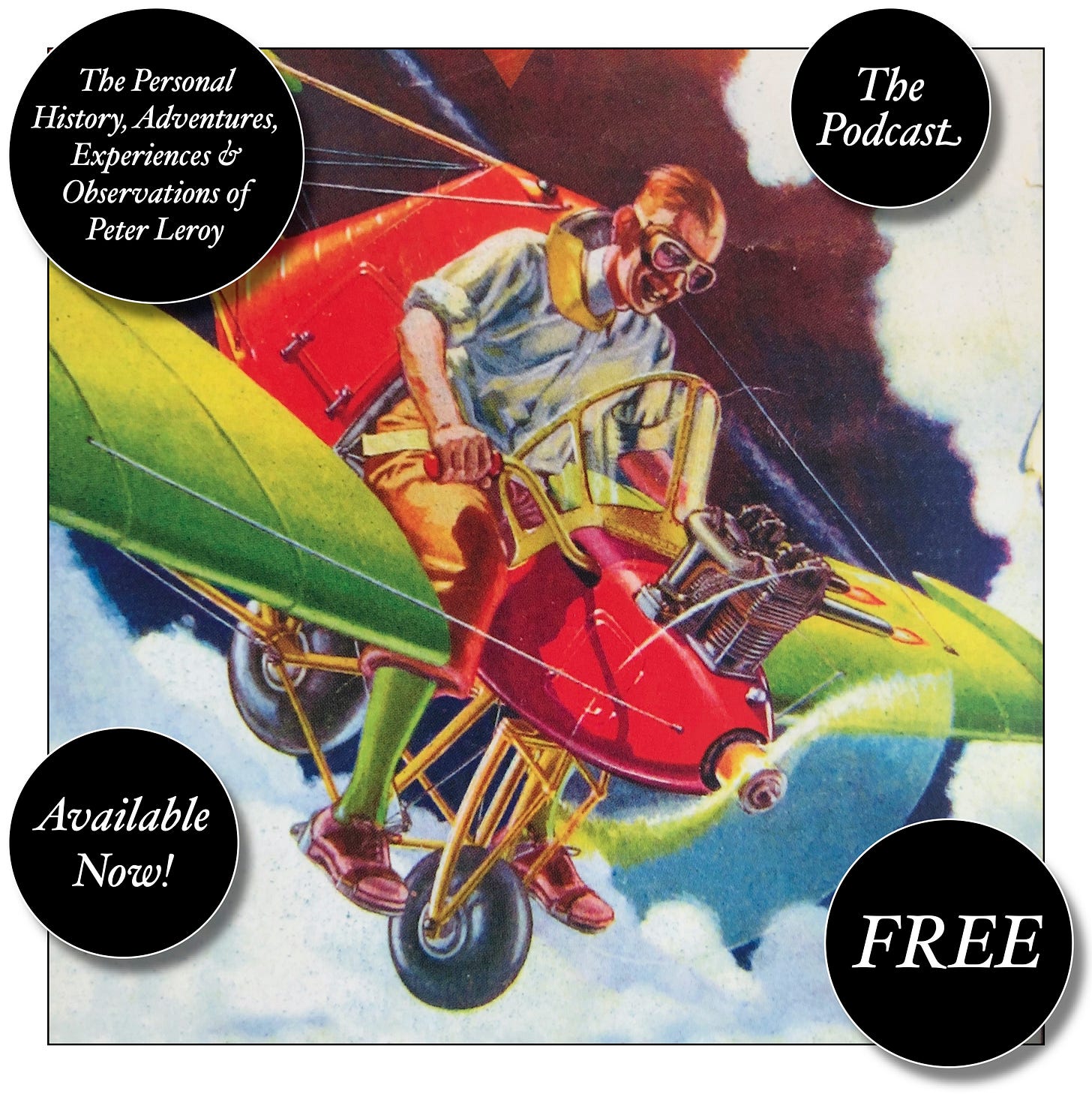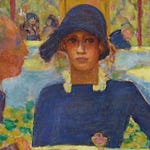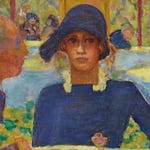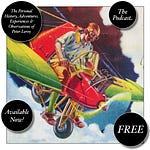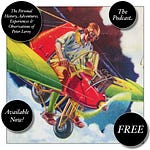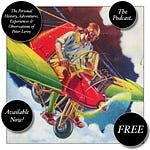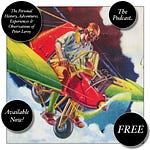He began pulling sketches from the pile and laying them out for me to examine. These were sketches of one of the girls; to be honest, I wasn’t sure which. If they had been the work of a single artist, they would have chronicled a worsening obsession with elephantiasis.
“Here’s a set of drawings that I’ve already catalogued. You can see that the same type of deviation is represented in varying degrees. Fascinating, isn’t it? Just fascinating. The way the girls are transformed the moment my students go to work on them. It’s as if they become someone else. Who? Who is the someone that they are trying to draw? Fascinating. Fascinating to me—annoying to them. You see, it’s this, the very thing that interests me about their work, that annoys them. They don’t want deviations. They want to reproduce the models they see. They want to ‘capture’ them on their pads—one of them actually said that to me. They want to draw a hand their friends will recognize, an ankle that looks like Margot’s ankle, a leg that looks like Martha’s leg, a thigh—”
“I think I understand,” I said.
“Okay. Well, I think I know what the answer is. Somebody has to fix their work for them. Improve it for them—you know what I mean?”
“I think so.”
“I’d do it myself, if I had time, but I just don’t, what with the cataloguing and analysis, and my own painting, and—”
“I know what you want,” I said.
“Good! Good!”
He selected a sketch of Margot from a fat folder, an incomplete sketch, Margot’s left side dissipating in a scrawl of timid lines.
“Here,” he said. “Here, this will do. Consider it a work in progress.” He raised an eyebrow. “I want you to do a version of this sketch, a more accurate version, improved just enough so that the student returning to it after a week’s interval will recognize it as the work he left unfinished and yet find it surprisingly better than he remembered—just a bit, a believable bit better, so that his earlier unhappiness with it will seem to him to have been nothing but the harsh judgment of a tired eye. Can you do it?”
“I can try,” I said.
With a wink and a nod he left me to the work. What was I to do? If I did what he wanted, I would be demonstrating that I had a good mental image of Margot as she should have been rendered in this drawing. The safe thing to do would be to make a mess of it. If I wanted to convince Andy that I hadn’t paid much attention to what his daughters looked like, I should make the drawing worse, not better. I studied the drawing for some time, while Andy moved about the studio pretending to put things in order, but actually watching me continually in sidelong fashion.
The sketch was certainly the work of a smoker, and, probably, a coffee drinker. His habits betrayed him in a sudden errantry that marred his long lines, in the snarls in his crosshatching. I began to draw. I straightened the long lines a bit and unsnarled some of the crosshatching. Then I caught myself: I was doing the wrong thing. I’d gotten caught up in the work. I tore the sheet from the pad. Andy turned my way, expectantly.
“Sorry,” I said. “Made a mistake.”
I pretended to begin again. I watched him in sidelong fashion, and pretended to work, and studied the student’s drawing, and glanced at Andy, and as I watched him, I began to see that he was desperate that I should succeed, not only succeed but be quick and facile enough at this sort of work to be able to improve the output of the entire class. I also began to admit to myself that I enjoyed the work and wanted to succeed at it.
With the magic of the pencil I cured Margot’s withered arm, and then realized I’d gone too far. I tore the sheet from the pad. Andy turned my way again.
“Sorry,” I said. “Another mistake.”
I repeated what I’d done, but this time when I got to Margot’s arm, I didn’t try to work miracles, merely advanced it toward an eventual cure. I hesitated at her nose: a thumbprint hovered over it, a shadow cast on the whole effort, tugging one’s eyes to the plane of the paper. Acknowledging the purpose of my undertaking, I drew the thumbprint precisely, but I lightened it. In time, should I work on this sketch again, I would fade the thumbprint away until the student came to regard the thumbprint that he recalled having been there as nothing more than an illusory memory or a trick of the light in the studio. I added faint versions of most, but not all, of the smudges along the left edge of the sheet, bent the lower right corner just so, but less so, and tore my sheet from the pad along a somewhat straighter line.
This time, Andy ran over as soon as he heard the rip of the sheet. He snatched it from my hand and examined it minutely. He smiled.
“This will be a secret, Peter,” he said. “Just between us.”
We shook on it.
[to be continued]
Have you missed an episode or two or several?
You can begin reading at the beginning or you can catch up by visiting the archive or consulting the index to the Topical Guide. The Substack serialization of Little Follies begins here; Herb ’n’ Lorna begins here; Reservations Recommended begins here; Where Do You Stop? begins here; What a Piece of Work I Am begins here; At Home with the Glynns begins here.
You can listen to the episodes on the Personal History podcast. Begin at the beginning or scroll through the episodes to find what you’ve missed. The Substack podcast reading of Little Follies begins here; Herb ’n’ Lorna begins here; Reservations Recommended begins here; Where Do You Stop? begins here; What a Piece of Work I Am begins here; At Home with the Glynns begins here.
You can listen to “My Mother Takes a Tumble” and “Do Clams Bite?” complete and uninterrupted as audiobooks through YouTube.
You can ensure that you never miss a future issue by getting a free subscription. (You can help support the work by choosing a paid subscription instead.)
At Apple Books you can download free eBooks of Little Follies, Herb ’n’ Lorna, Reservations Recommended, and Where Do You Stop? and What a Piece of Work I Am.
You’ll find overviews of the entire work in An Introduction to The Personal History, Adventures, Experiences & Observations of Peter Leroy (a pdf document), The Origin Story (here on substack), Between the Lines (a video, here on Substack), and at Encyclopedia.com.



